‘You can’t explain what I have experienced’, say visitors to the Wadden Sea area. After visiting this region from 14–15 October, specifically Esbjerg, Ribe, Fanoe Island and the Wadden Sea National Park, which is also a UNESCO World Heritage site, I’d like to share with you what particularly impressed me and in my opinion made this experience so one of a kind. This was our visit to the Wadden Sea, which, according to UNESCO ‘is one of the last remaining large-scale, intertidal ecosystems where natural processes continue to function largely undisturbed.’ Furthermore, the date of our trip was intentionally selected to experience the Black Sun phenomenon, which is an extraordinary natural wonder to witness in autumn and spring.
In my previous post highlighting this newest MICE destination of Denmark—the Wadden Sea Area—, I shared with you the background about Meet & More, which forms part of Business Esbjerg, and their scope of venues and activities for corporate events. As the name indicates, there is more to the meeting element, and in the Wadden Sea National Park, there are several activities that you can take part in that make for an outstanding, once-in-a-lifetime experience that can’t be enjoyed anywhere else and will add much ‘more’ to the business event.
After arriving in Billund airport and with a short stop in Ribe, we continued to the Wadden Sea to meet our guide for the activity, Christine Røllike Ditlefsen, a biologist and nature interpreter at the Wadden Sea Centre. To begin the excursion in the water, we put our waders on and entered the water. While exploring and learning about the fauna and flora, Christine shared what type of activities can be done in and around the Wadden Sea for groups. For example, ‘these include a seal safari, oyster safaris, bird tours, or tours where you go to catch crabs and shrimps, and you can compete within the group with each other on the tasks’.
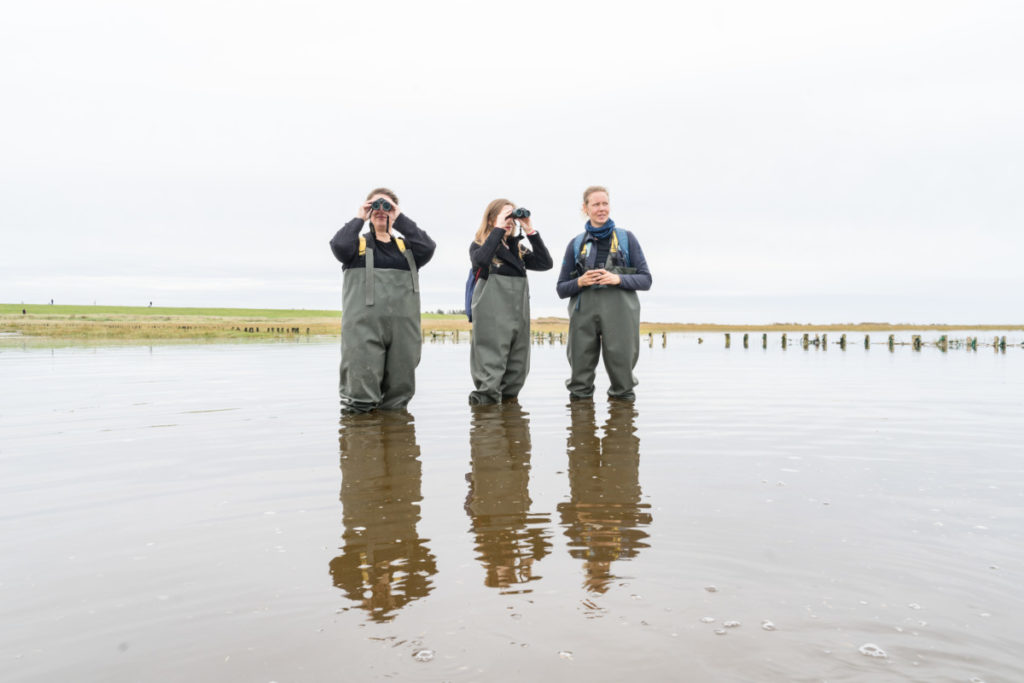
She continued, ‘There are many opportunities, but the only thing organisers should be aware of is the tides. The height of the tides can be calculated about 1 to 1.5 years in advance, but there is also the wind; if there is a westerly wind, the water will be pushed into the Wadden Sea, and we’ll have difficulties going out. But in any case, we always have a plan B or plan C. So you can see that no day is the same in the Wadden Sea, and as much as you’d like to plan everything in advance, when it comes to the Wadden Sea experience, there should be some flexibility left, and that makes it very exciting!’

Christine shared what she did with a group before we arrived in the afternoon, ‘We went out in the Wadden Sea when it was low tide, and we collected snails, periwinkles, blue mussels, oysters, plants and seaweeds. Afterwards, we took all the things that we collected back to the Wadden Sea Centre; we made a bonfire and cooked all the food together’.
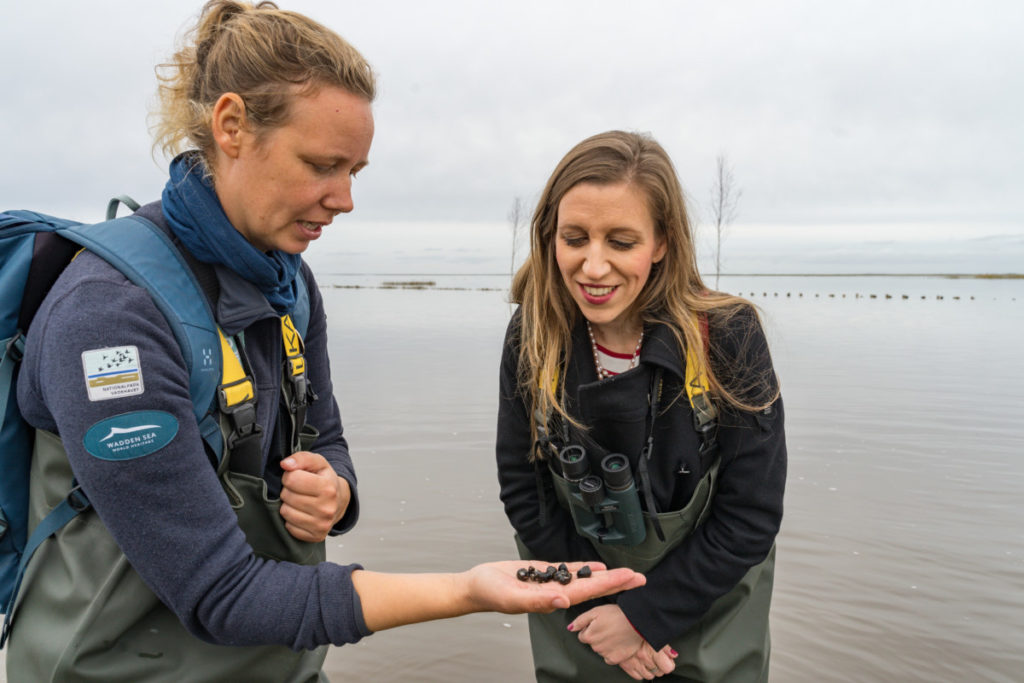

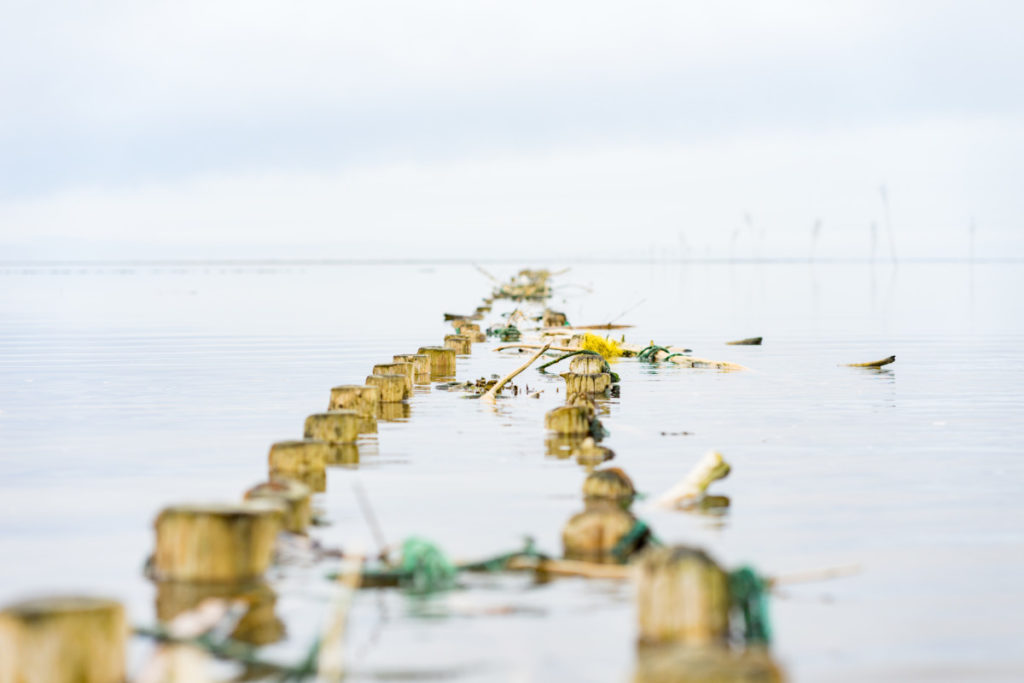

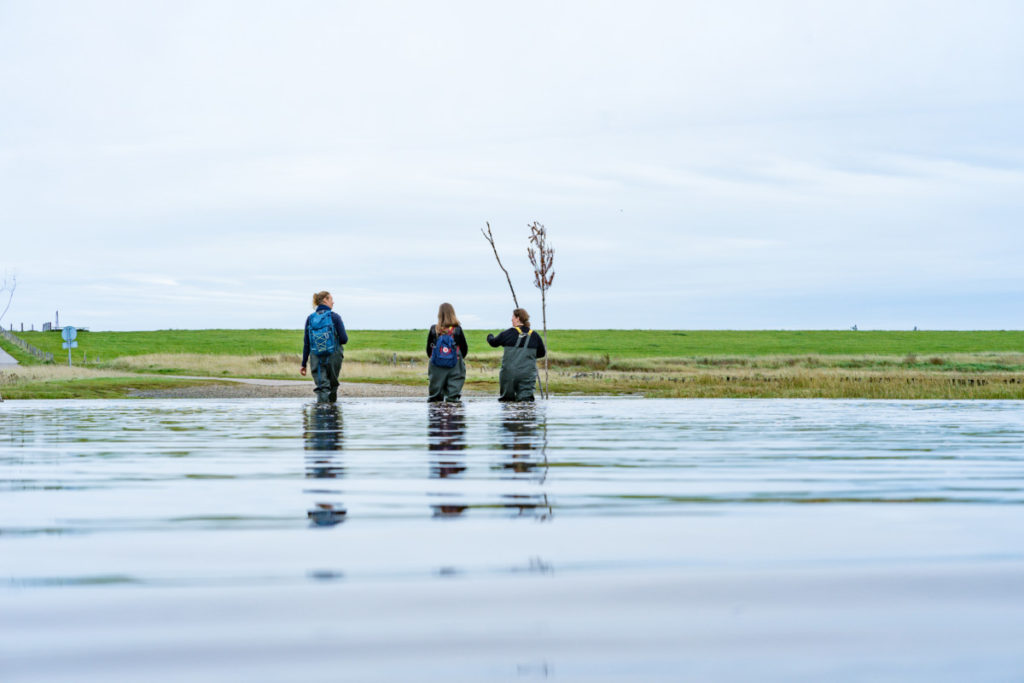
Wadden Sea Centre
The most appropriate venue to complement the outdoor activity at sea with a business meeting or conference is the Wadden Sea Centre, which is also known as ‘the gateway to the Wadden Sea.’ It opened in 2017 and has an exhibition centre and an event space that can be used as part of an event. There are two permanent exhibitions to learn about the surrounding nature, diversity and landscape. For example, what I found incredibly impressive was the ‘The Migratory Birds Wadden Sea’ exhibition, which represents the departure of the birds and the process that the visitors to the area can’t see and hear closely. The idea behind this installation is that people are not able to see 12–15 million migrating birds on the day when all the birds are down at the Wadden Sea. Therefore, through this exhibition, visitors can feel closer to nature and the migratory birds. When visitors to the centre sit down, they will feel how it is to be in a large swam of flying birds when they take off and walk around feeding, or perhaps if there is a predatory bird coming to hunt them. Visitors should sit down for a few minutes and immerse themselves in this natural environment, relax and enjoy the birds and then better understand how this formation works’.

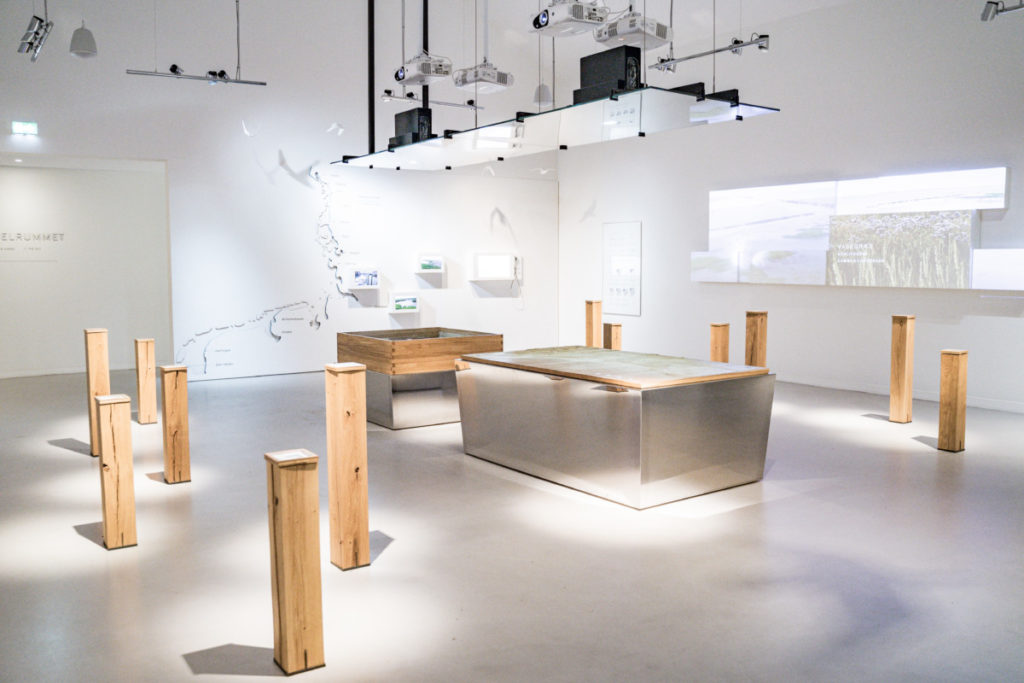
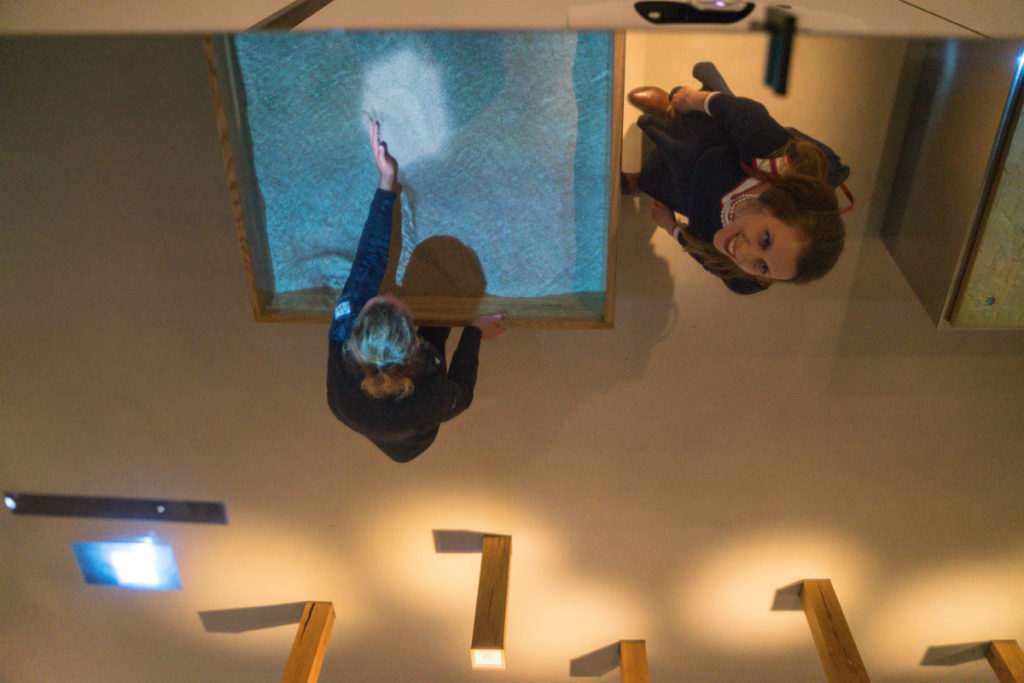

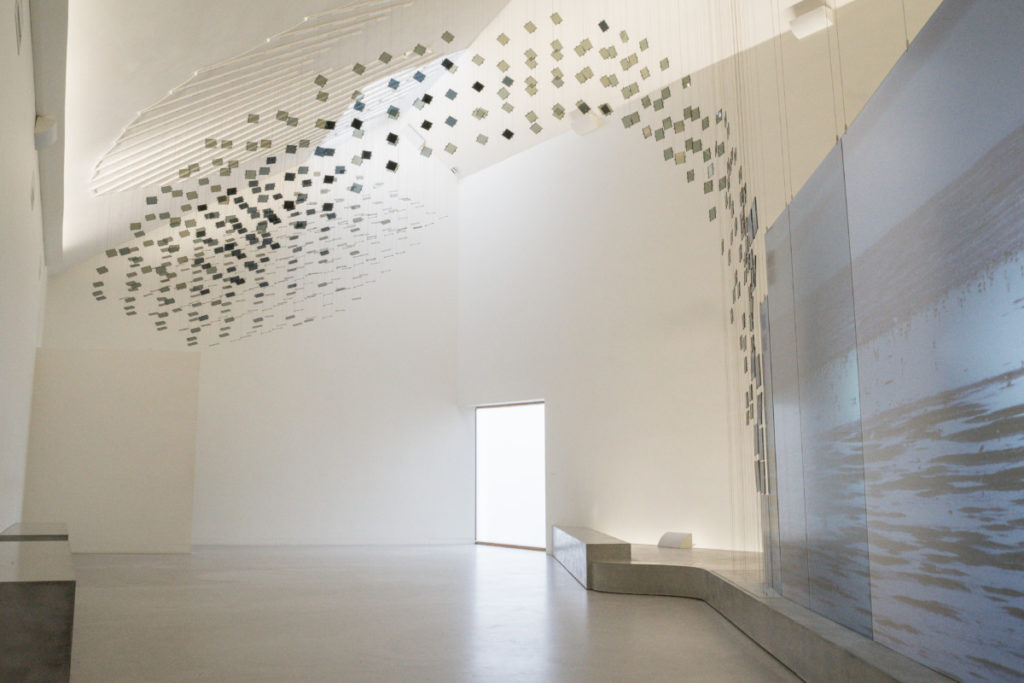
The combination of UNESCO natural environment and meeting facilities is very rare and truly needs to be experienced to understand the purest state of nature and the feeling of relaxation one can achieve while being there. We went to the centre after walking in the Wadden Sea, and I could still feel the weight of the water on my legs as well as the cool temperature of the water that remains for about one hour after the experience—it’s like floating on water. The feeling is of pure relaxation and peacefulness. We had the opportunity to try the oysters collected in the morning by the previous group, and they were the most delicious and juicy oysters I’ve ever tried; they also smelled and tasted of the saltiness of the sea. Simply put, you will have a full 5-sense experience that no words can describe!

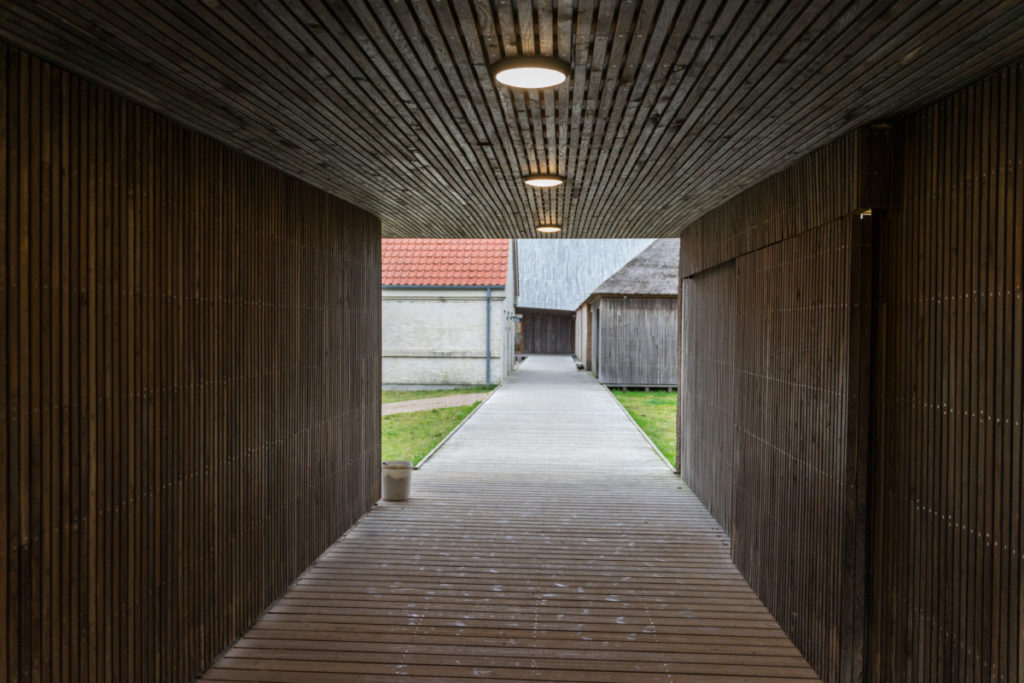
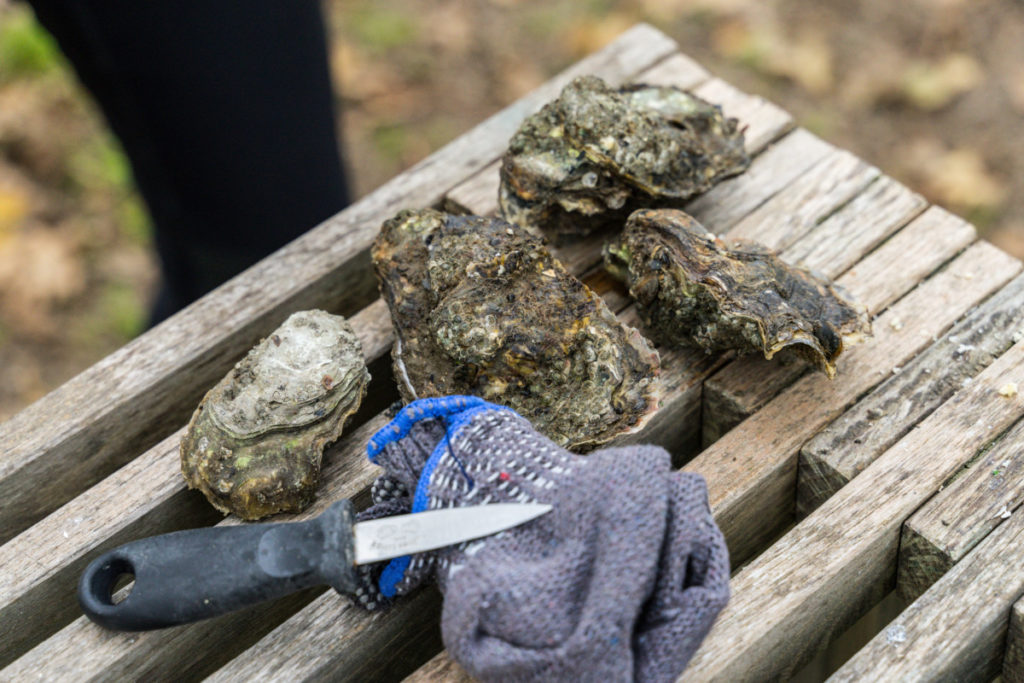
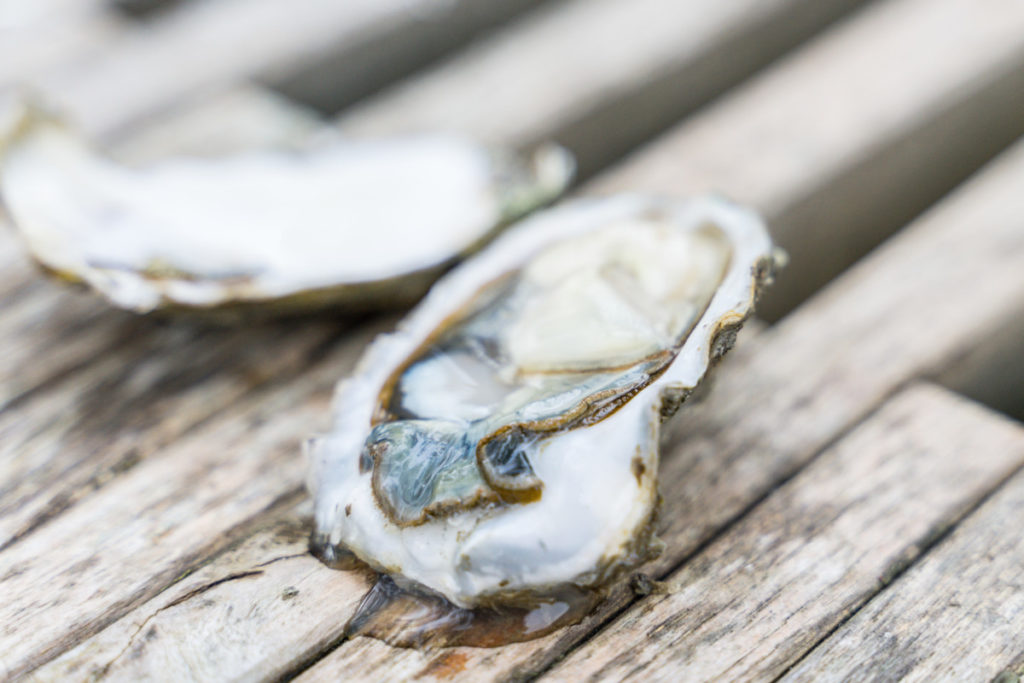
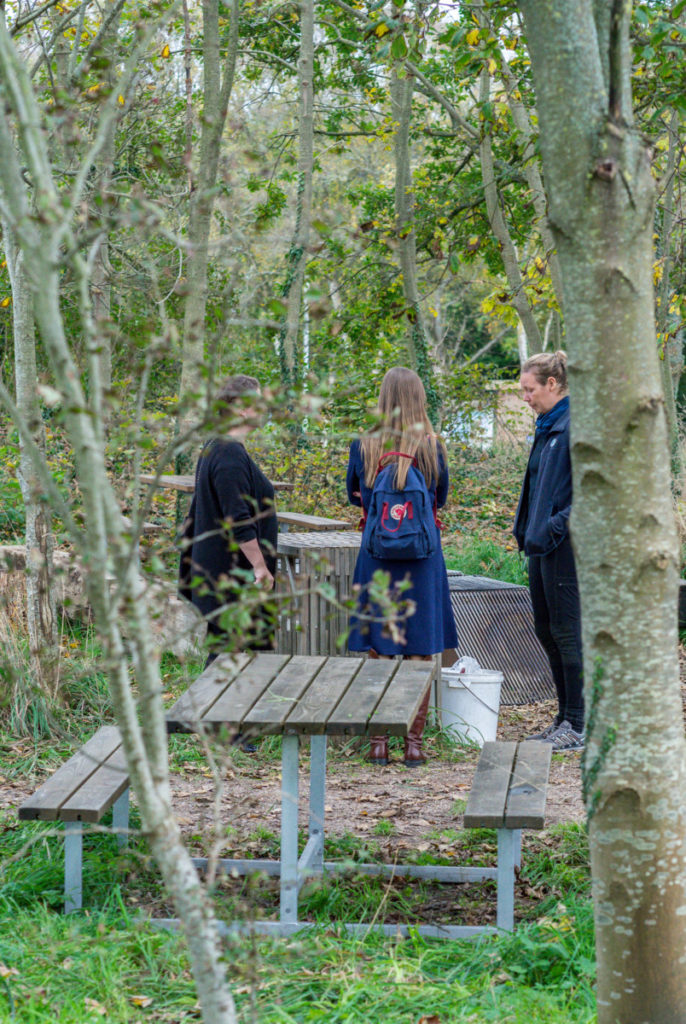
The event facilities at the Wadden Sea Centre are suitable for meetings and events, from very small meetings to up to 150 attendees attending a banquet.
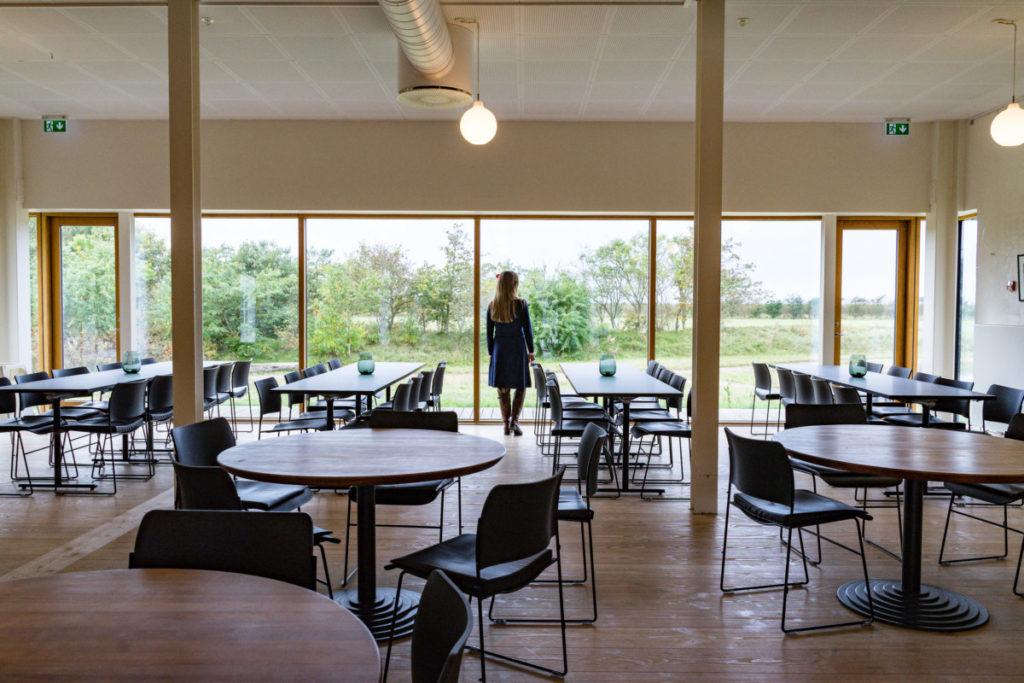
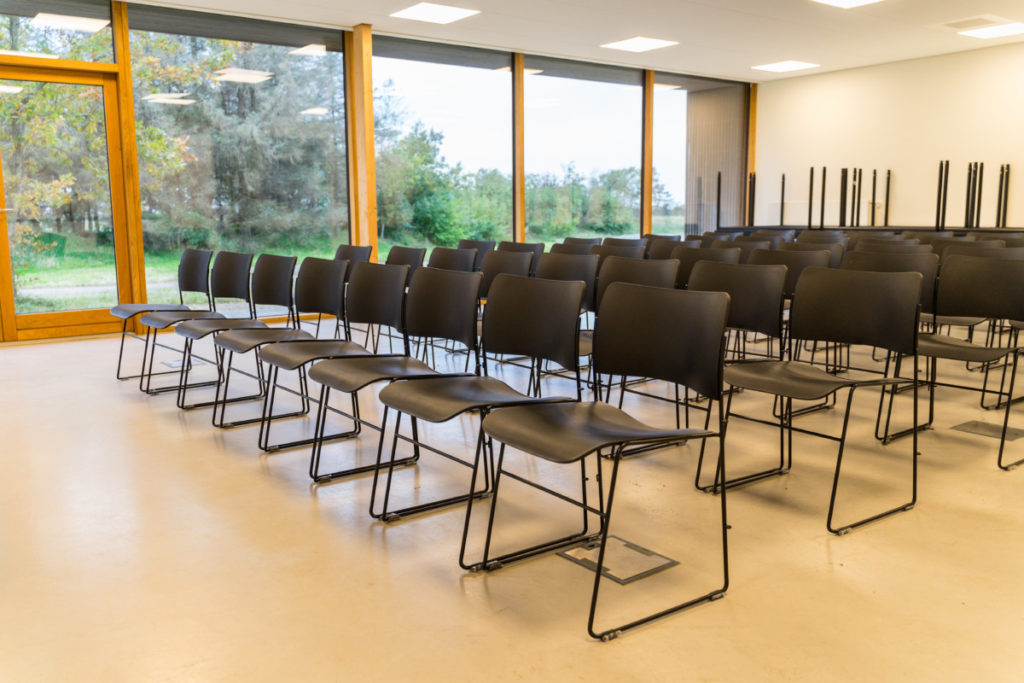
Black Sun phenomenon
Just in time for sunset, we continued to watch the Black Sun phenomenon because the dates of our trip were intentionally selected to experience this natural magic.
Caroline Vester Villumsen, a biologist from the Wadden Sea Centre, was at the meeting point to see this Black Sun phenomenon, also referred to as the ‘starling magic’. She told us what’s happening during this phenomenon, ‘The starlings have been feeding in the fields all day, and now they are coming to the streams to sleep for the night. The starling is a migratory bird, so they stay in the region for 1–2 months and will go further south, so they are here in spring and autumn. Today, we’ll see them arriving as a group and coming down to sleep. In the morning, they will fly out to feed again. What makes it such a special occurrence is that in that region, there are over 100,000 starlings coming together at sunset to sleep at the same place, so spectators can see big groups of birds. They are sleeping here because the straw they are sleeping on grows in the water, so they don’t need to be afraid of predators (such as foxes) during the night. The straw forms bunk beds for the starlings’.


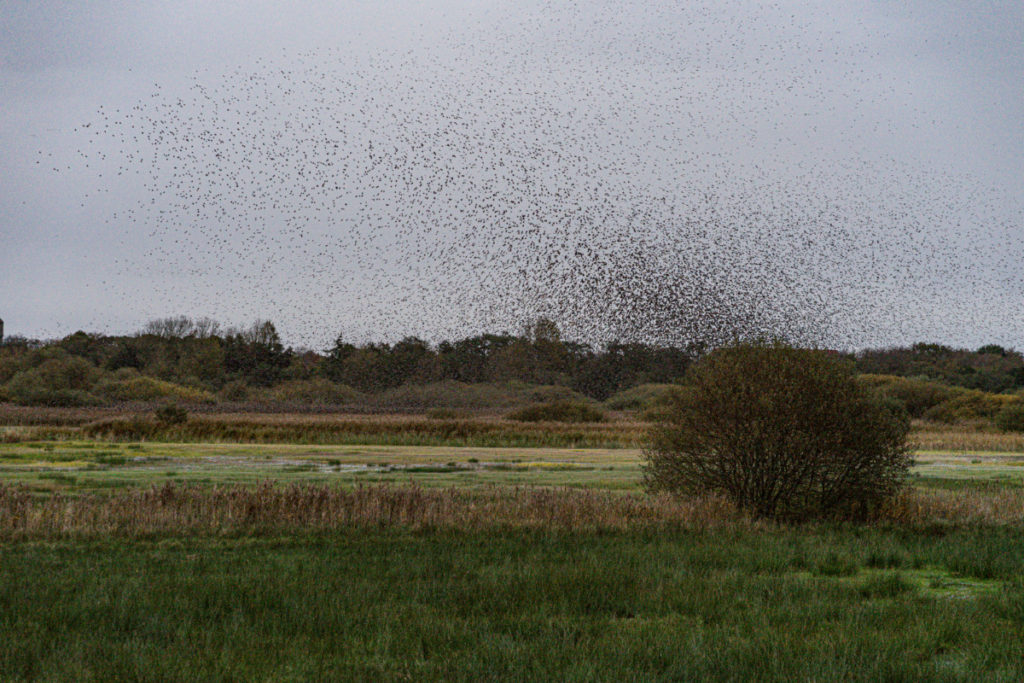
Event organisers can also make this activity part of the corporate event. For example, they can erect a tent and bring along blankets, rain jackets, umbrellas, tea, coffee, snacks and schnapps and enjoy this moment with colleagues; particularly if you’ve been all day in a meeting room, it’s a great way to finish the day. It’s truly magical witnessing this natural occurrence and its beauty, taking your meeting into a natural environment.
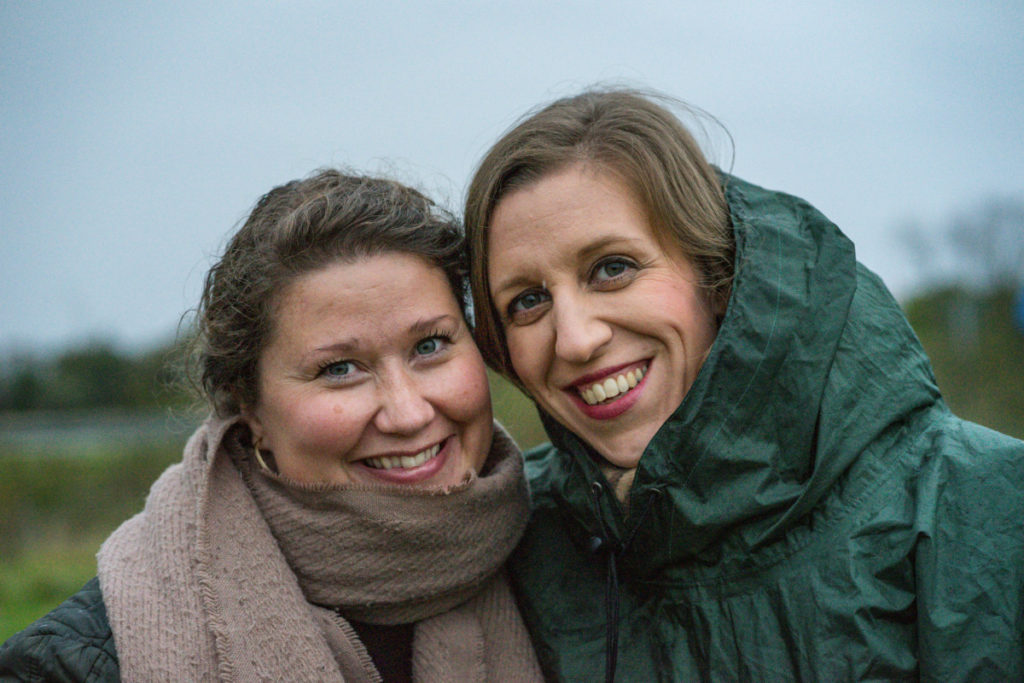
Photos: Thomas Loris



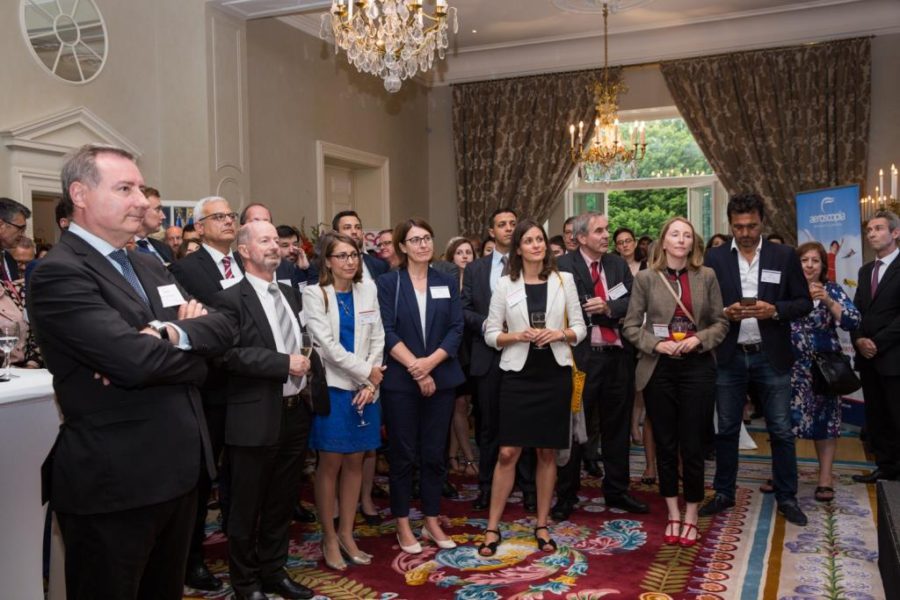
No Comments